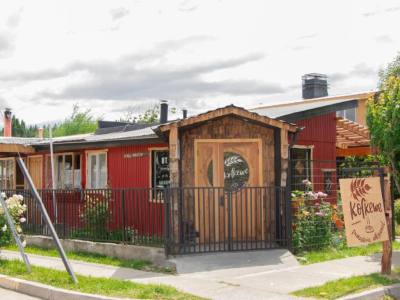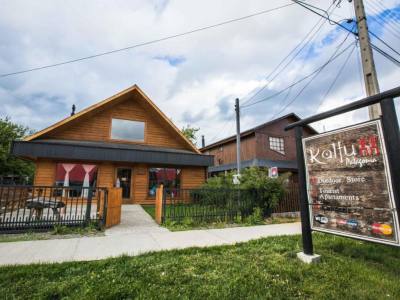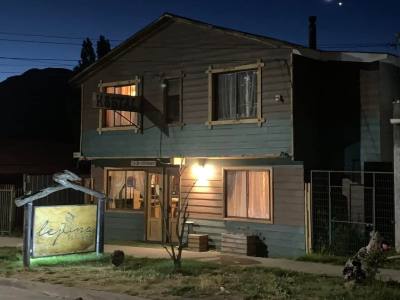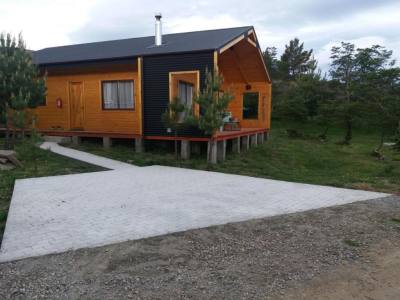
Unbelievable, typical villages in southern Chile can be reached by river barges crossing from coast to coast.
Traveling south along the
Carretera Austral (Southern Road) from
Cochrane, we reached El Vagabundo, a river port from which barges to
Caleta Tortel, Río Bravo and Puerto Yungay can be taken. We sailed up the Baker River to a picturesque town whose cluster of houses with smoking chimneys seemed to lean towards the bay. The population in Caleta Tortel is scarce and the town buildings are connected by wooden walkways over the water made of pilgerodendron, or
ciprés de las guaitecas as it is known locally. There are no cars in the town. As rainfall is plentiful, the stream flow of the Baker River and its tributaries is high throughout the year, and the houses called
palafitos are built on high poles to avoid being flooded. Located between two ice fields, furrowed by fjords, canals and estuaries are Lake San Rafael and Bernardo O’Higgins National Parks and Katalalixar National Reserve.
Campo de Hielo Norte (North Ice Field) has been added to the UNESCO list of biosphere reserves. Besides its arbitrary shapes, the continental ice field has summits, gorges and numerous snowdrifts which feed milky white rivers and lakes flowing into the Baker River. Heading northwest out of Caleta Tortel, after navigating for about three hours, Steffen is reached. This snow drift features mountainous relief and rivers of everlasting ice starting in
Campo de Hielo Norte. To the southeast, after navigating about five hours, is Jorge Montt, another mountainous snowdrift starting in Campo de Hielo Norte. Its vegetation and immense blue ice wall are absolutely dazzling.

More wonders are in store. Katalalixar National Reserve, northwest of Caleta Tortel, is limited by native pilgerodendron
cipres de las guaitecas and
mañiú (saxegothaea) woods. The former, the southernmost native conifer in the world, plays a key role in the economic development of the region as well as being considered the most valuable wood in Chile. Puerto Yungay is farther south along the
Carretera Austral. As not many venture this far, the lucky few may be rewarded by the sight of a huemul deer or condor. Countless barges and passenger boats to different destinations show the special lifestyle in the area, where each and every place is reached by water. Added to the spectacular landscape, this has become a tourist attraction. This is as far as our journey took us. Nevertheless, the
Carretera Austral continues to
Villa O'Higgins, a small township with very few inhabitants but the same charm as the ones we had already visited. Back in Cochrane we realized that the tour is as long and intense as the yearning to keep exploring every nook and cranny of the southern tip of Chile.
























